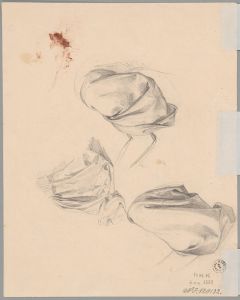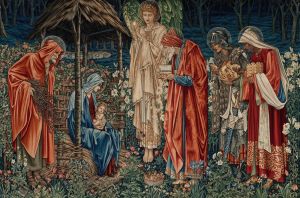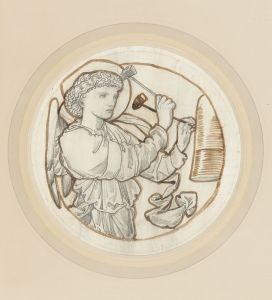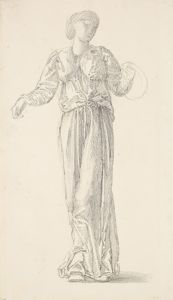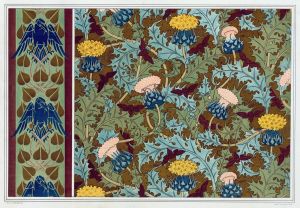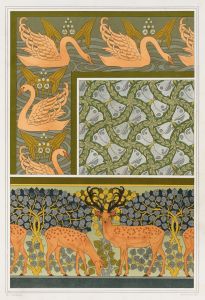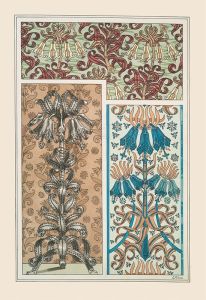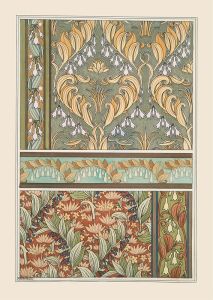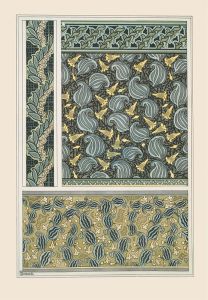
Coloquinte
A hand-painted replica of Maurice Pillard Verneuil’s masterpiece Coloquinte, meticulously crafted by professional artists to capture the true essence of the original. Each piece is created with museum-quality canvas and rare mineral pigments, carefully painted by experienced artists with delicate brushstrokes and rich, layered colors to perfectly recreate the texture of the original artwork. Unlike machine-printed reproductions, this hand-painted version brings the painting to life, infused with the artist’s emotions and skill in every stroke. Whether for personal collection or home decoration, it instantly elevates the artistic atmosphere of any space.
Maurice Pillard Verneuil was a prominent French artist and designer known for his contributions to the Art Nouveau movement. Born in 1869, Verneuil's work spanned various forms, including graphic design, illustration, and interior decoration. He was particularly noted for his innovative use of natural forms and motifs, which were characteristic of the Art Nouveau style.
One of Verneuil's notable works is "Coloquinte," which exemplifies his mastery in integrating botanical elements into decorative art. The term "coloquinte" refers to the colocynth, a plant known for its distinctive, ornamental gourds. This plant was a common motif in Art Nouveau, celebrated for its intricate and organic shapes that lent themselves well to the movement's emphasis on natural forms and flowing lines.
"Coloquinte" by Verneuil is a testament to his skill in capturing the essence of natural subjects and transforming them into stylized, decorative compositions. His approach often involved a detailed study of the plant's structure, which he would then abstract and stylize to fit the aesthetic principles of Art Nouveau. This style was characterized by its use of sinuous lines, asymmetrical shapes, and a harmonious integration of form and function.
Verneuil's work, including "Coloquinte," was influential in the broader context of decorative arts during the late 19th and early 20th centuries. His designs were not only appreciated for their aesthetic qualities but also for their practical applications in various forms of decorative art, including textiles, wallpapers, and ceramics. This versatility made his work highly sought after in both artistic and commercial circles.
In addition to his artistic creations, Verneuil was also an author and educator. He published several books and portfolios that documented his designs and provided inspiration for other artists and designers. These publications often included detailed illustrations and patterns, serving as valuable resources for those interested in the Art Nouveau style.
Verneuil's influence extended beyond France, impacting the international Art Nouveau movement. His work was exhibited in various countries, and he collaborated with other notable artists and designers of his time. This cross-cultural exchange helped to disseminate the principles of Art Nouveau and solidify its place in the history of art and design.
Despite the passage of time, Verneuil's work, including "Coloquinte," continues to be celebrated for its artistic innovation and its contribution to the decorative arts. His ability to blend natural inspiration with artistic expression remains a source of inspiration for contemporary artists and designers who seek to explore the relationship between nature and art.
In summary, "Coloquinte" by Maurice Pillard Verneuil is a significant work that reflects the artist's dedication to the Art Nouveau movement and his skill in transforming natural forms into decorative art. Through his innovative designs and educational contributions, Verneuil left a lasting legacy that continues to influence the world of art and design today.





